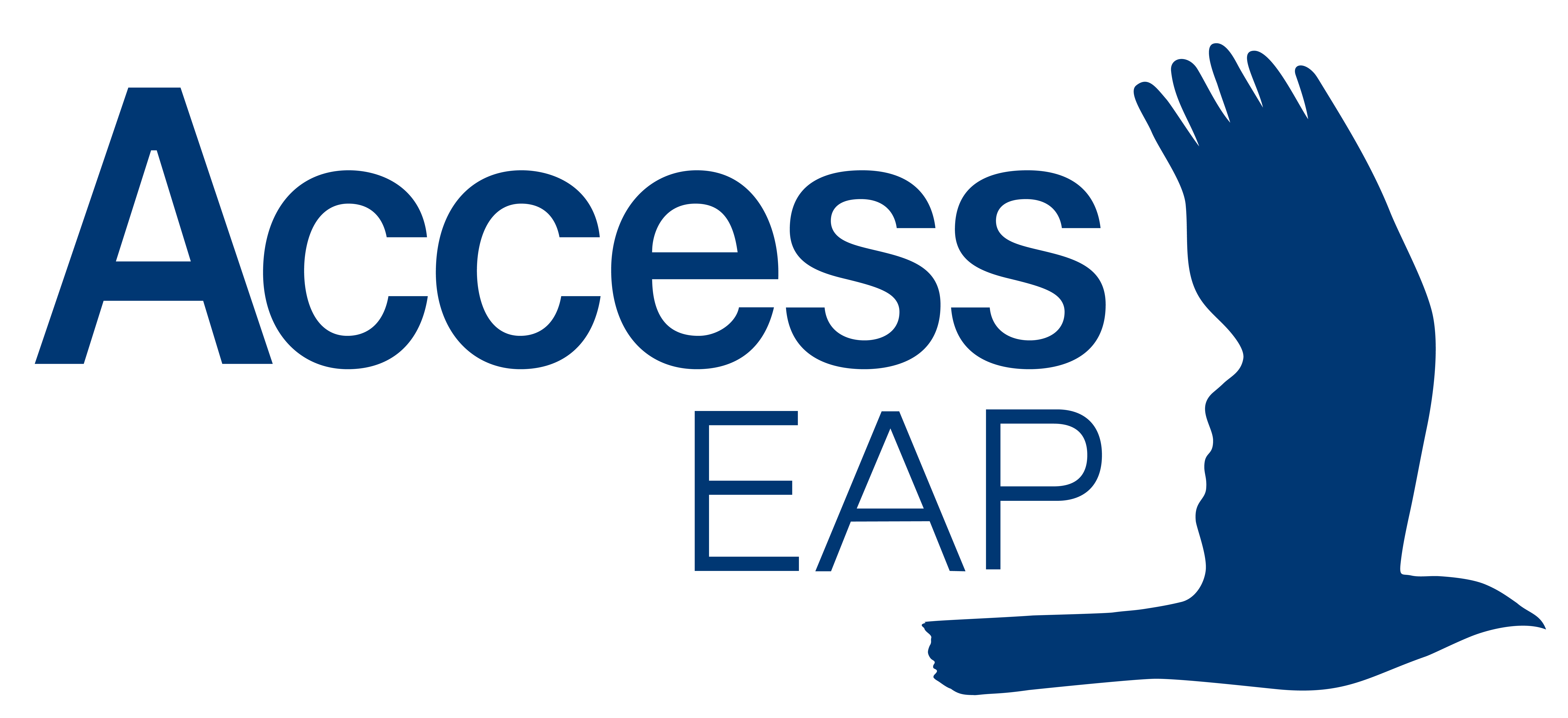
How we view the world
There is a fascinating book written by the psychiatrist Iain McGilchrist about the differences of the left and right hemispheres of the brain. One of his arguments is that the differences are not so much about what the two hemispheres do, it’s about how they approach the world - the left hemisphere sees the world as something we can make use of, while the right hemisphere sees the world as a place we are part of[1]. Both views are needed, and when the system works well the way we make use of the world is seen in the context of our place in the wider picture. But, he argues, we are increasingly losing our way, pushing the view of the right hemisphere into the background as we become fascinated with how we can make use of the world, and increasing the power of the human race over the world. We are forgetting that we are an intrinsic part of the planet that we are constantly using.
This view of humankind’s relationship with our planet Earth – that it is a place we are part of rather than simply a place we make use of – is reflected in many indigenous belief systems. August 9th was the United Nations International Day of the World's Indigenous Peoples. To quote from the UN website: “There are an estimated 476 million indigenous peoples in the world living across 90 countries… Indigenous peoples are inheritors and practitioners of unique cultures and ways of relating to people and the environment.”
Being curious about these different ways of relating to people and the environment can widen our view on what it means to be human. Without curiosity of others’ views we can become biased that the way we habitually think and the views that we hold are ‘right’, and we can become blinkered to other possibilities, holding on to views that are perhaps lessening the richness of our experience of living.
We are in an era of unprecedented access to the world’s cultures. Through the internet, museums, art galleries, music and dance performances we can experience a huge variety of ways that humans represent their experience of relating to other people and their environment. Being curious about these differences and exploring them might show us different ways of paying attention to the world that makes us question our assumptions – prompts us to ask the question ‘am I sure?’ about a belief or way of being in the world that up till then we have assumed is just the way it is.
So this month we invite you to consider International Day of the World's Indigenous Peoples as a reminder – a reminder to take time to explore the different ways indigenous peoples view the world and humanity’s relationship with it. If you come across beliefs that push against your usual ways of thinking, take a moment to ask yourself ‘am I sure?’ and see where that thought leads you.
Stephen Malloch, Manager Clinical Consulting
[1] The Master and his Emissary, OUP.


